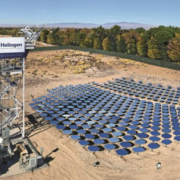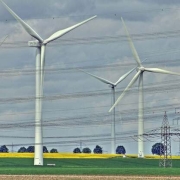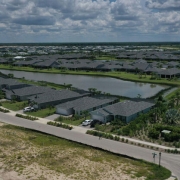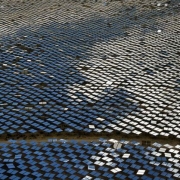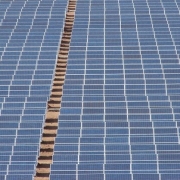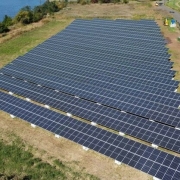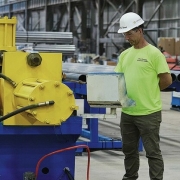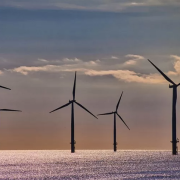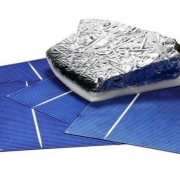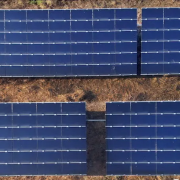Pasadena-based solar thermal energy company Heliogen Inc. on Oct. 24 announced that it is to receive a $4.1 million award from the U.S. Department of Energy’s Solar Energy Technologies Office to accelerate the large-scale development and deployment of its technology.
Heliogen has been developing technology to harness the sun’s energy to heat industrial materials used in manufacturing processes, providing an alternative to carbon-based fuels. Specifically, Heliogen’s apparatus starts with an array of mirrors that align to track the sun, then concentrate the solar energy to a nearby thermal tower, where it’s used to heat industrial materials.
Click here to read the full article
Source: LA Business Journal
—
If you have any questions or thoughts about the topic, feel free to contact us here or leave a comment below.

